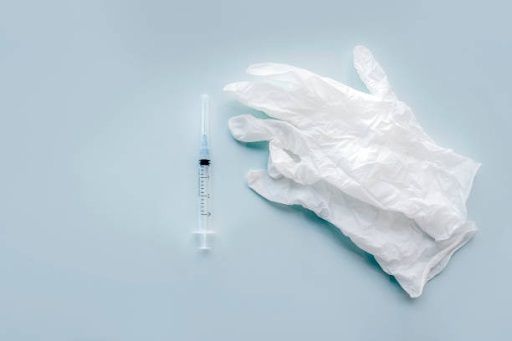In the intricate world of analytical chemistry, Gas Chromatography (GC) stands as a stalwart method for separating and analyzing complex mixtures. At the heart of this sophisticated technique lies a seemingly simple yet indispensable tool – the GC syringe. In this exploration, we delve into the nuances of GC syringes, understanding their significance, functionalities, and the pivotal role they play in achieving accurate and reliable results in the realm of gas chromatography.
The Foundation of Gas Chromatography:
Before delving into the details of GC syringes, it’s crucial to grasp the fundamentals of gas chromatography. This analytical technique is widely employed for separating and analyzing compounds within a mixture based on their volatility and affinity for a stationary phase. The core components of a typical gas chromatograph include a sample injector, a separation column, a detector, and a data analysis system.
GC Syringe: A Precision Instrument:
The GC syringe, often overshadowed by the more elaborate components of a gas chromatograph, plays a pivotal role in the accuracy and reproducibility of results. It serves as the gateway for introducing the sample into the gas chromatograph, a process critical for the success of the entire analysis. The design and functionality of GC syringe are meticulously crafted to ensure precise and controlled sample injection, a fundamental step in the gas chromatography process.
Key Components of a GC Syringe:
GC syringes are comprised of several key components designed to facilitate accurate and reproducible sample injection:
Needle: The needle of a GC syringe is a slender, pointed metal tube designed to penetrate the septum of the sample vial. The material and thickness of the needle are carefully selected to minimize sample interaction and ensure durability.
Plunger: The plunger, often fitted with a knob for ease of handling, controls the movement of the syringe’s piston. It allows for the aspiration and dispensing of precise volumes of the sample.
Piston: The piston is a crucial part of the GC syringe responsible for drawing in and expelling the sample. The material and fit of the piston are vital to prevent leakage and ensure airtight operation.
Barrel: The barrel serves as the body of the syringe, providing a chamber for the sample. It is typically made of inert materials such as borosilicate glass or stainless steel to prevent sample contamination.
Functionality of GC Syringes:
The primary function of a GC syringe is to deliver an accurately measured sample volume into the gas chromatograph. This process demands precision, repeatability, and minimal sample carryover. The steps involved in the functionality of a GC syringe include:
Sample Aspiration: The needle is inserted through the septum of the sample vial, and the plunger is withdrawn, creating a vacuum that draws the sample into the syringe barrel.
Sample Dispensing: The plunger is then pushed, expelling the sample from the syringe needle into the injection port of the gas chromatograph. The precision of this step is critical for reproducibility and accuracy in the analysis.
Rinsing: To prevent sample carryover between injections, some GC syringes are designed for rinsing. This involves aspirating a solvent or blank sample before and after the actual sample, ensuring a clean and uncontaminated injection.
Varieties of GC Syringes:
GC syringes come in various types and sizes, each catering to specific analytical needs and preferences. Common varieties include:
Manual Syringes: Operated by hand, these syringes offer simplicity and are suitable for routine applications. They are available in fixed or adjustable volume configurations.
Automatic Syringes: Linked to an autosampler, automatic syringes enable high-throughput analysis by automating the sample injection process. They are ideal for applications requiring multiple injections.
Gas-Tight Syringes: Designed to prevent leakage of volatile samples, gas-tight syringes are crucial for accurate analysis of volatile compounds.
Hamilton Syringes: Renowned for their precision and quality, Hamilton syringes are a popular choice in the field of gas chromatography.
Challenges and Considerations:
While GC syringes are indispensable tools, they are not without challenges. Factors such as sample viscosity, volatility, and potential interactions with the syringe materials must be considered. Additionally, proper syringe care and maintenance are essential to ensure longevity and accuracy.
Innovations in GC Syringe Technology:
Advancements in technology continue to refine the design and capabilities of GC syringes. Innovations focus on minimizing dead volume, enhancing durability, and improving the compatibility of syringe materials with a broad range of samples. Precision-engineered coatings and surface treatments are being employed to further reduce the risk of sample-syringe interactions.

Conclusion:
In the intricate dance of components within a gas chromatograph, the GC syringe emerges as a silent conductor, orchestrating the precision and accuracy of sample injection. Its role may seem straightforward, but the impact of a well-crafted GC syringe extends beyond its simplicity. As technology advances and analytical demands evolve, the importance of GC syringes in achieving reliable and reproducible results becomes increasingly apparent. In the realm of gas chromatography, where every detail matters, the GC syringe stands tall as a symbol of precision and a crucial enabler of scientific inquiry.



